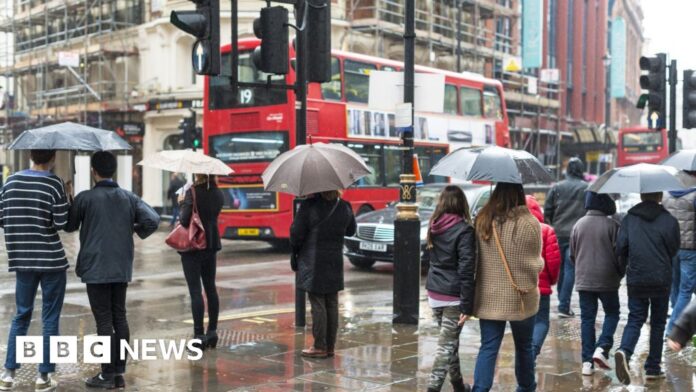What we’ve just seen was like two Budgets in one, or, with the World Cup approaching, what a football fan might call “a Budget of two halves”.
In the first half, covering the next couple of years before the next general election, there is support for households, in the form of government spending and further support with energy bills. Extra cash has been found for schools, hospitals and social care, and the chief secretary to the Treasury John Glen hinted to me that some of this could be used for higher wage rises for public sector workers.
The second half, after 2025, is a different matter. That’s where the eye-watering decisions the chancellor warned us about come in: the spending cuts and higher taxes for all. They’re needed if the chancellor is to hit his target of getting debt to shrink as a proportion of economic output in five years.
Whether or not this two-pronged plan works isn’t just a question of the score after the final whistle in five years time though – and remember the Conservative Party might not even be on the pitch any more by then – it’s also about the verdict over the next few days.
Immediate tax rises, on energy companies and the wealthy, mean that tax as a proportion of economic output will rise to levels not seen since the end of World War Two, which some in his party will no doubt view as anti-growth, but the government defends as necessary in a situation where rising energy prices have pushed up our national energy bills by the equivalent of paying for a second NHS and household incomes are falling by the largest amount since records began in 1956.


